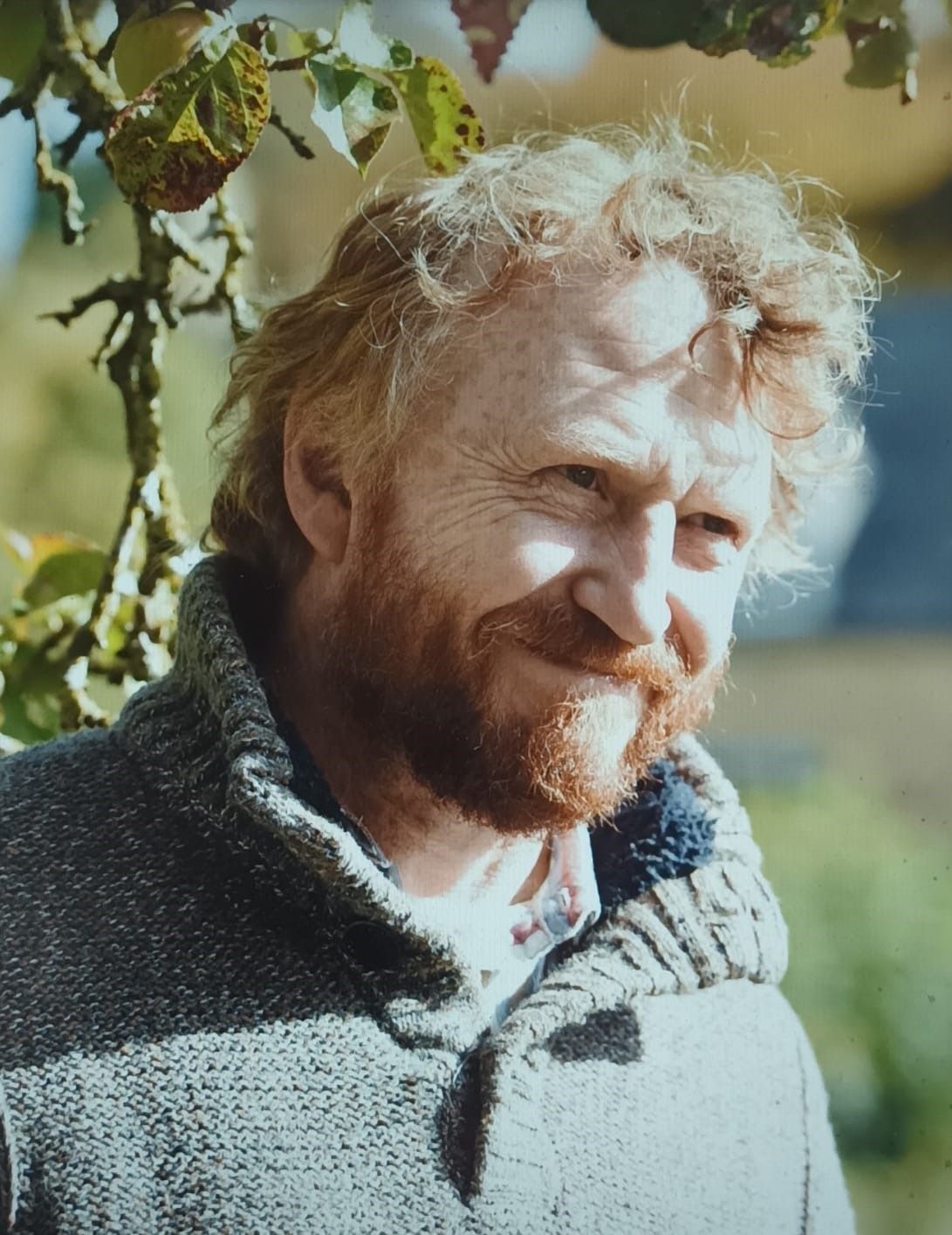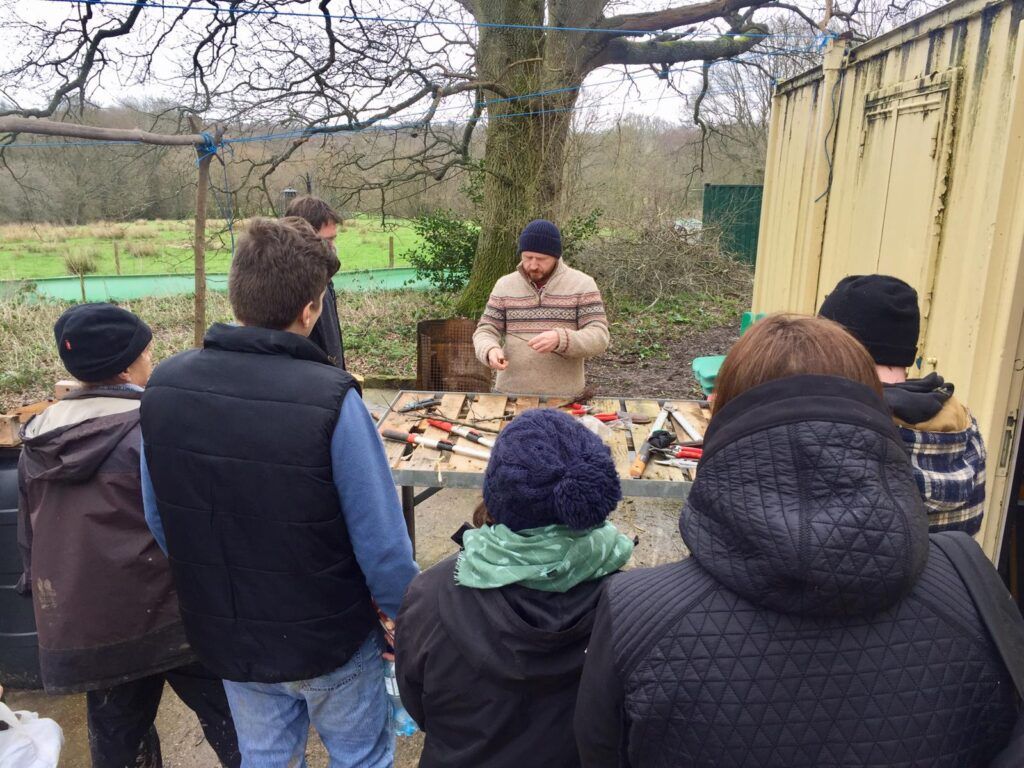Meet Steve Oram: PTES’ Orchard Biodiversity Officer
In this series, we chat to the dedicated staff members, conservation partners and volunteers at PTES. We find out why each of them chose a career in wildlife conservation, what they find rewarding about their work and what they love most about what they do.
Steve Oram
PTES Orchard Biodiversity Officer
Why did you decide to go into wildlife conservation?
From the moment I could crawl, I made a beeline for dirt, ponds, bugs and plants. An early memory is the realisation that the plants people generally lumped together as ‘weeds’ were actually all different kinds of plants, and it wasn’t long before my bookshelf started filling up with nature and wildlife guides. My favourite toys (apart from Lego) were magnifying glasses and perspex boxes for catching and observing bugs. It took a couple of career changes before I finally went to college and entered the world of wildlife conservation.
What’s your role and what’s the most rewarding part of it?
My work at PTES, the Orchard Network, and beyond covers everything from mapping the traditional orchard habitat, protecting orchards from inappropriate development, identifying apples at Apple Days, teaching people how to graft fruit trees, and providing maps and support for other fruit-related projects and research.
Seeing someone graft their first fruit tree, take it home to plant in their garden, then proudly send me a picture of their first apple a few years later always feels like a ‘job well done’ – with my help a positive change has been brought to someone’s life.
Do you have a special love for a particular species and why?
My work revolves around orchards and fruit trees, so naturally my favourite species probably has to be Malus domestica, the domestic apple, but my love for wildlife started when my limits of observation were mostly at ground level. I would find worms, peabugs (woodlice), slugs, snails, sometimes the more exotic centipedes and millipedes, but a really special find would be what I used to call rainbow beetles on account of the iridescent wing-case margins – what I now know to be violet ground beetles. But I think now I would probably have to say a creature I find most impressive is the hornet – their size and threatening appearance belies a placid and restrained nature, far less irascible than their smaller yellow-jacketed cousins.
What does the future hold? For you and for your species?
The pressures on habitats and endangered species from the economic winds of progress and development are frequently shifting but forever unabated. As a result, we have witnessed biodiversity being lost at an ever-increasing velocity over the last century. The continued survival of so much of our wildlife relies on the actions of a small but persistent assortment of environmental charities, NGOs, activists, and passionate individuals across the globe. On my patch – traditional orchards – we are still seeing losses from neglect, intensification, and development, but there are also areas of growth in community orchards and environmental land management schemes, and a growing interest in local heritage food and drink. The tide has yet to change, and it’s easy to doubt it ever will, but we will keep doing what we’re doing anyway!
How can we best inspire the younger generation?
As the population urbanises our younger generations have fewer and fewer opportunities to interact with nature and wildlife. News stories frequently bemoan the replacement of nature-words in children’s dictionaries with technology-words, but this only reflects the worlds in which they now live. To slow and reverse this trend, we need to bring nature into the places where children are – the schools, gardens, and parks inside of the towns and cities where most people are now growing up. A network of healthy hedgehog highways, scrumptious harvests from community orchards, butterflies and bees on the wildflowers allowed to blossom for the first time in decades during no-mow May, slow worms, bugs and earthworms in garden compost heaps, frogs, toads, newts and dragonflies in wildlife ponds… all these small and often simple things can bring nature back to the places we live and simultaneously back into our children’s vocabulary.
Header image credit Brighton Permaculture Trust



